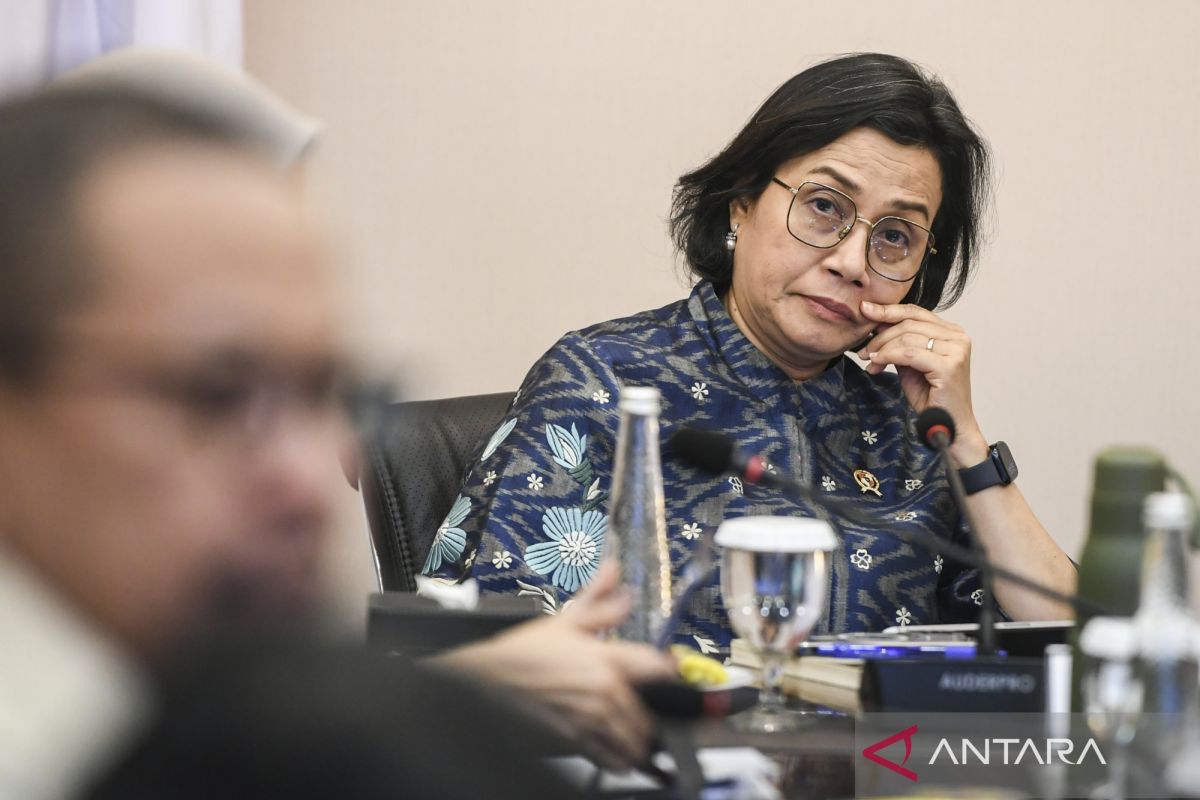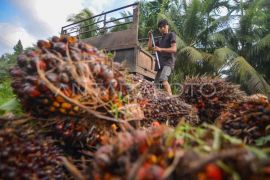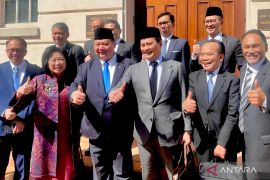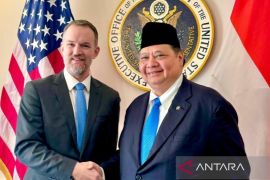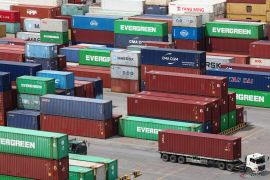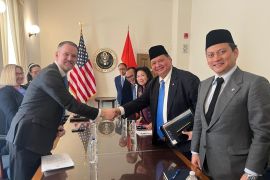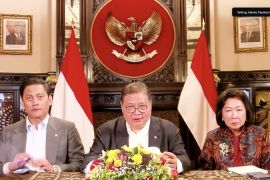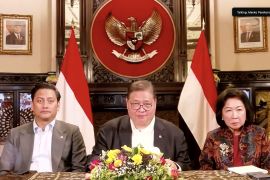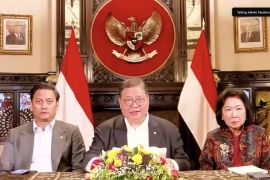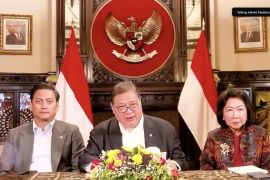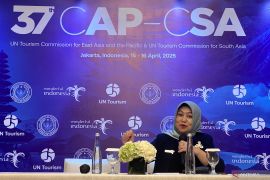"We will announce our response later on," she told reporters after attending a plenary session at the House of Representatives (DPR) in Jakarta.
She confirmed that Coordinating Minister for Economic Affairs Airlangga Hartarto would again travel to the US to continue negotiations.
Deputy Finance Minister Anggito Abimanyu said more time is needed to assess the potential economic impact, noting that the policy has not yet been implemented.
"It is not effective yet. I cannot say anything as nothing is final," he remarked.
He welcomed the government’s continued efforts to pursue dialogue with the US.
Ministry spokesperson Haryo Limanseto confirmed Hartarto’s departure, reiterating Indonesia’s firm stance on defending its trade interests.
"The US has shown some willingness to revisit the decision. We intend to seize this opportunity to safeguard our national interests," he said.
In a letter dated July 7 and addressed to President Prabowo Subianto, US President Donald Trump confirmed the decision to keep the 32 percent tariff in place, despite ongoing talks.
"Please understand that the 32 percent figure is far less than what is needed to eliminate the trade deficit disparity we have with your country," Trump wrote. He posted the letter on his Truth Social account.
Trump suggested that the tariff rate could still be adjusted if Indonesia agrees to further open its market to US products, revise its trade policies, or begin manufacturing goods in the US.
Meanwhile, other Southeast Asian countries have also seen shifts in US tariff rates. Thailand and Cambodia now face additional import tariffs of 36 percent — adjusted from previous rates of 36 and 49 percent — while Malaysia’s tariff has increased slightly, from 24 to 25 percent.
Related news: Indonesia pushes for trade talks after US maintains 32 pct tariff
Related news: Indonesia expands exports amid US 32 pct import tariff move
Translator: Bayu Saputra, Nabil Ihsan
Editor: Anton Santoso
Copyright © ANTARA 2025
